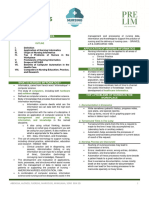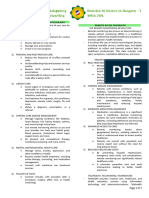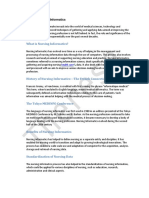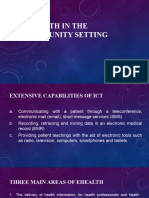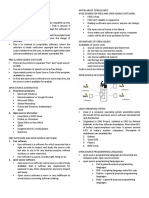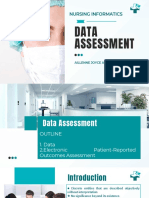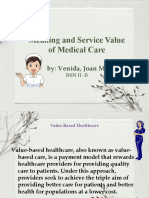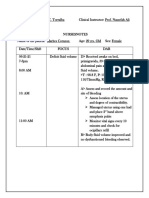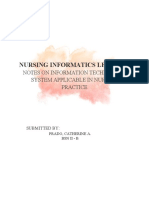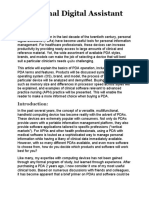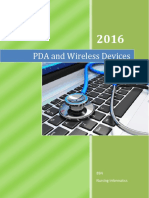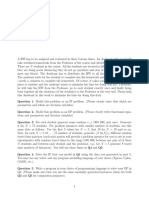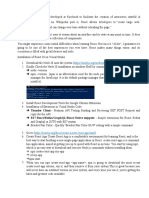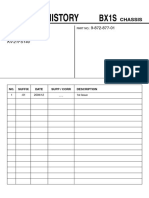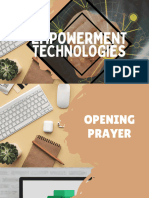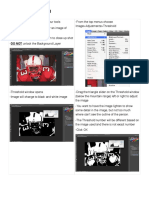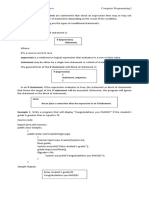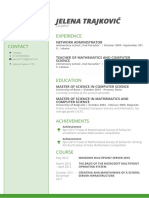0% found this document useful (0 votes)
831 views7 pagesPda and Wireless Devices
This document discusses wireless devices and personal digital assistants (PDAs). It defines wireless devices as gadgets that can connect without wires to establish radio or infrared connections. PDAs are defined as handheld computers that can be used to read and send documents, emails and other media over communications links, as well as manage personal data like schedules and contacts. The document provides examples of common PDAs from the 1990s-2000s and their software applications. It discusses advantages like enhanced accessibility and connectivity, and disadvantages like usability concerns and financial implications. The conclusion is that smartphones and new devices will reduce mistakes and improve efficiency in healthcare.
Uploaded by
Richel Grace PeraltaCopyright
© © All Rights Reserved
We take content rights seriously. If you suspect this is your content, claim it here.
Available Formats
Download as DOCX, PDF, TXT or read online on Scribd
0% found this document useful (0 votes)
831 views7 pagesPda and Wireless Devices
This document discusses wireless devices and personal digital assistants (PDAs). It defines wireless devices as gadgets that can connect without wires to establish radio or infrared connections. PDAs are defined as handheld computers that can be used to read and send documents, emails and other media over communications links, as well as manage personal data like schedules and contacts. The document provides examples of common PDAs from the 1990s-2000s and their software applications. It discusses advantages like enhanced accessibility and connectivity, and disadvantages like usability concerns and financial implications. The conclusion is that smartphones and new devices will reduce mistakes and improve efficiency in healthcare.
Uploaded by
Richel Grace PeraltaCopyright
© © All Rights Reserved
We take content rights seriously. If you suspect this is your content, claim it here.
Available Formats
Download as DOCX, PDF, TXT or read online on Scribd
/ 7

